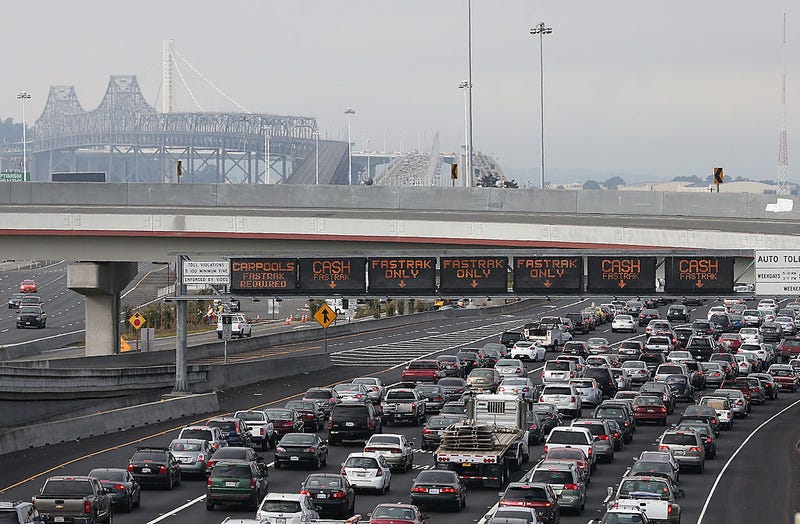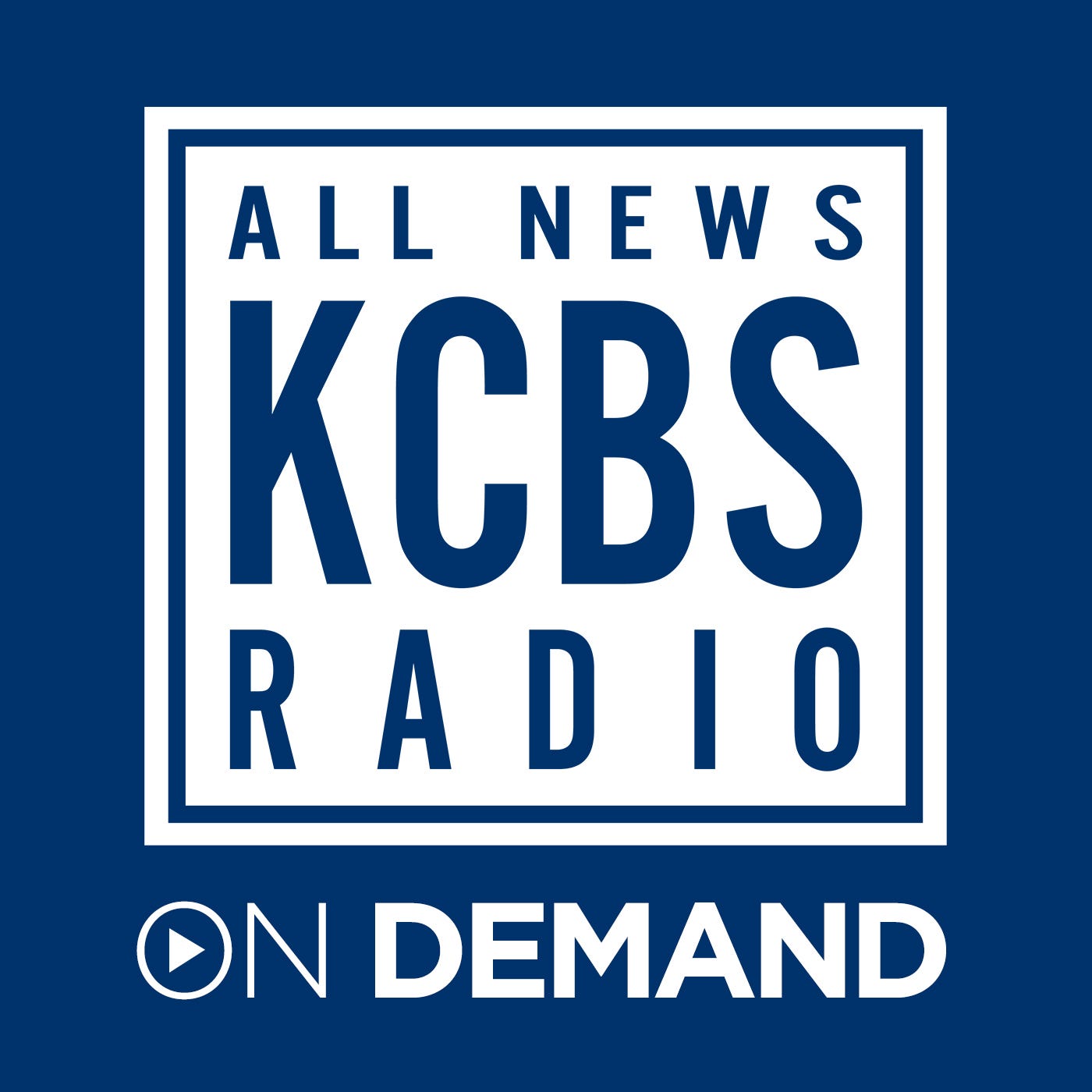
The pandemic has shifted commuting patterns in the Bay Area, as more workplaces are incorporating hybrid, work from home models to adapt to the changing virus.
But according to recent data out of the Bay Area Council, even though fewer people are going into the office for work, traffic levels are remaining high.

The study, taken from surveys posed to over 200 businesses over eight months shows that around 40% of employers expect employees to return to their places of work at least three days a week after the pandemic passes.
"Pre-COVID-19, you could actually graph urban travel as a double-humped camel, with sharp morning and evening peaks," said Karen Philbrick, executive director of the Mineta Transportation Institute (MTI) at San José State University on Wednesday’s "Ask an Expert" with KCBS Radio's Holly Quan and Eric Thomas.
But since the pandemic began, that typical pattern has changed entirely. "Rather than ending rush hour, COVID-19 appears to have merely transformed it into something different," she said.
Various factors, such as an increased presence of delivery drivers due to a rise in online shopping, have "caused bouts at different times, in unexpected places," said Philbrick.
While initially the roads were empty at the start of the pandemic, traffic has now returned to original levels, but is spread out throughout the day.
Whether it’s in the morning or in the middle of the day, "it’s almost an equivalent level of cars that we’re battling with," she said.
And this isn’t likely to change as more companies adopt hybrid models, particularly with the majority of tech companies located in the Bay Area.
"Productivity was not altered negatively by work from home during COVID-19, and we’re also seeing that people’s quality of life has dramatically increased," said Philbrick.
People are appreciating the reclaimed time that they would have lost due to their old commutes to work and feeling less stress as a result, she said.
Traffic is also being impacted by the loss of ridership in public transit across the country. Fewer people rode public transit during the height of the pandemic due to fear of transmission, and throughout the United States, ridership is down 27%, said Philbrick.
In the Bay Area, it’s closer to 40%. Public transit is not a "superspreader" of the virus, and people need to begin taking public transportation again to reduce the amount of traffic in the Bay Area, she said.
"Transit is here to stay, it’s a public resource just like our roads and our highways," said Philbrick. This is especially important, as it’s unlikely "we will ever go back to our traditional, 9 to 5 work hours."

